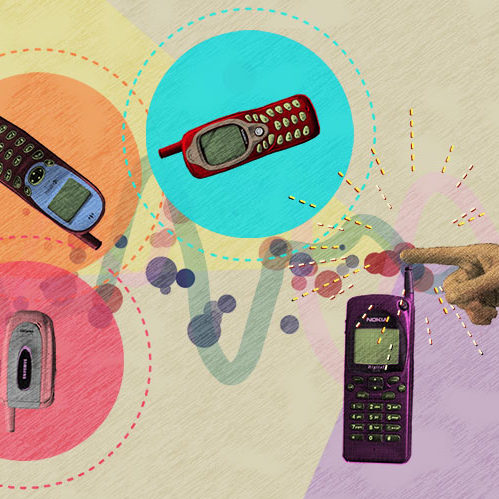
As peacebuilders move increasingly to adopt digital tools and processes, communications strategies are often the first on the table. Functionally, individuals and organisations need to be able to engage their audiences and stakeholders, communicate their positions and goals, and mobilize people to action. Strategically, peacebuilders are using the reach and formats of digital communications to amplify unheard voices, promote alternative peaceful narratives, and share essential information. Finally, individuals and organizations are also defensively trying to mitigate the harmful effects of communications, namely mis/disinformation, hate speech, and online polarization.
This course is aimed at civic actors and organizations who want to understand the possibilties in each area, whether running online campaigns or establishing robust communication and feedback systems. Sharing examples, it highlights organizations and projects that are functionally and strategically using communications for peacebuilding and digital engagement. It offers theory and practice for identifying audiences, mapping information ecosystems, understanding digital conflict drivers, and more (see the course outline below). The course assumes you have engaged with our foundation course Digital Peacebuilding 101, and will work best if you already have an idea of the types of communication needs or goals you have.
